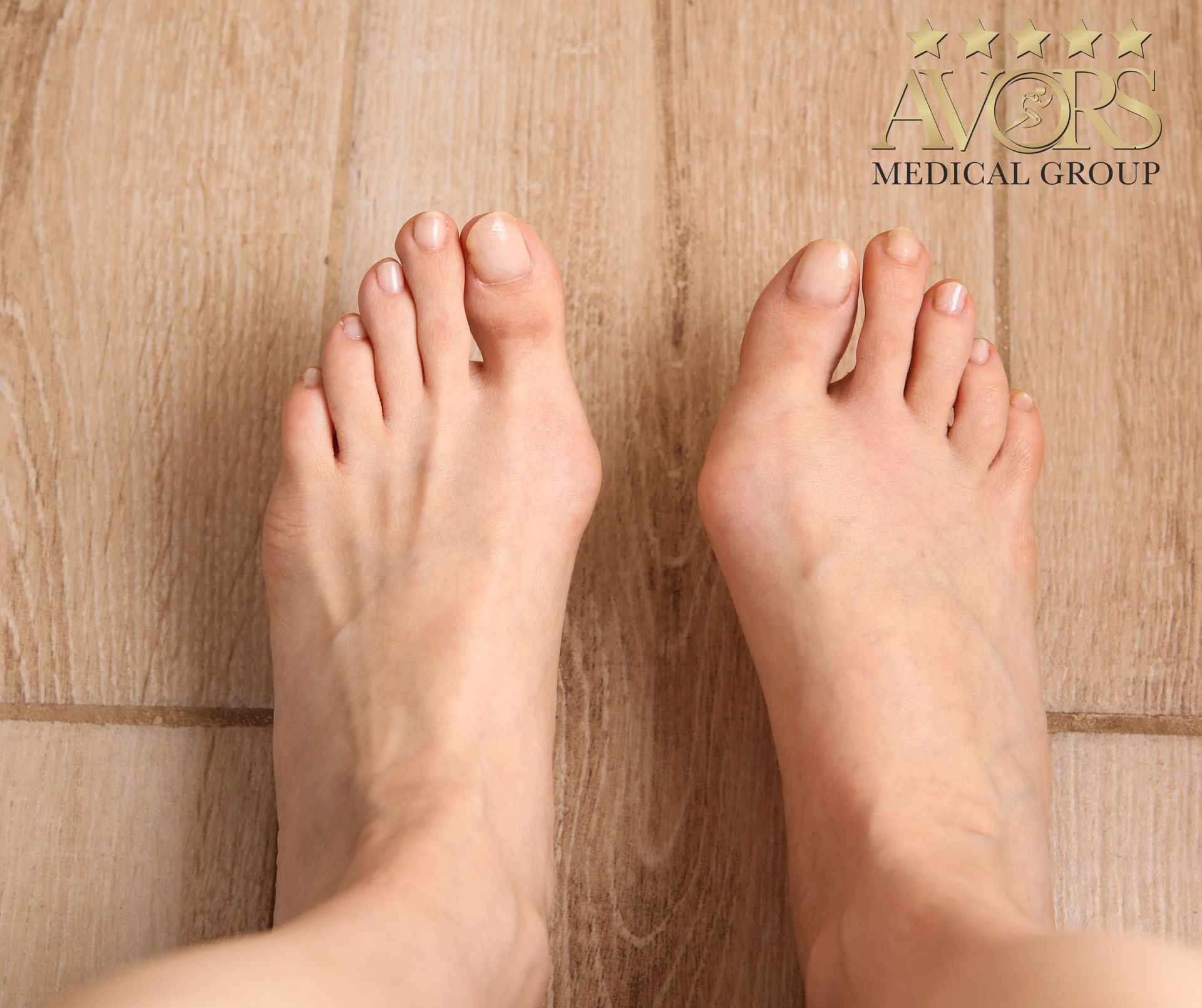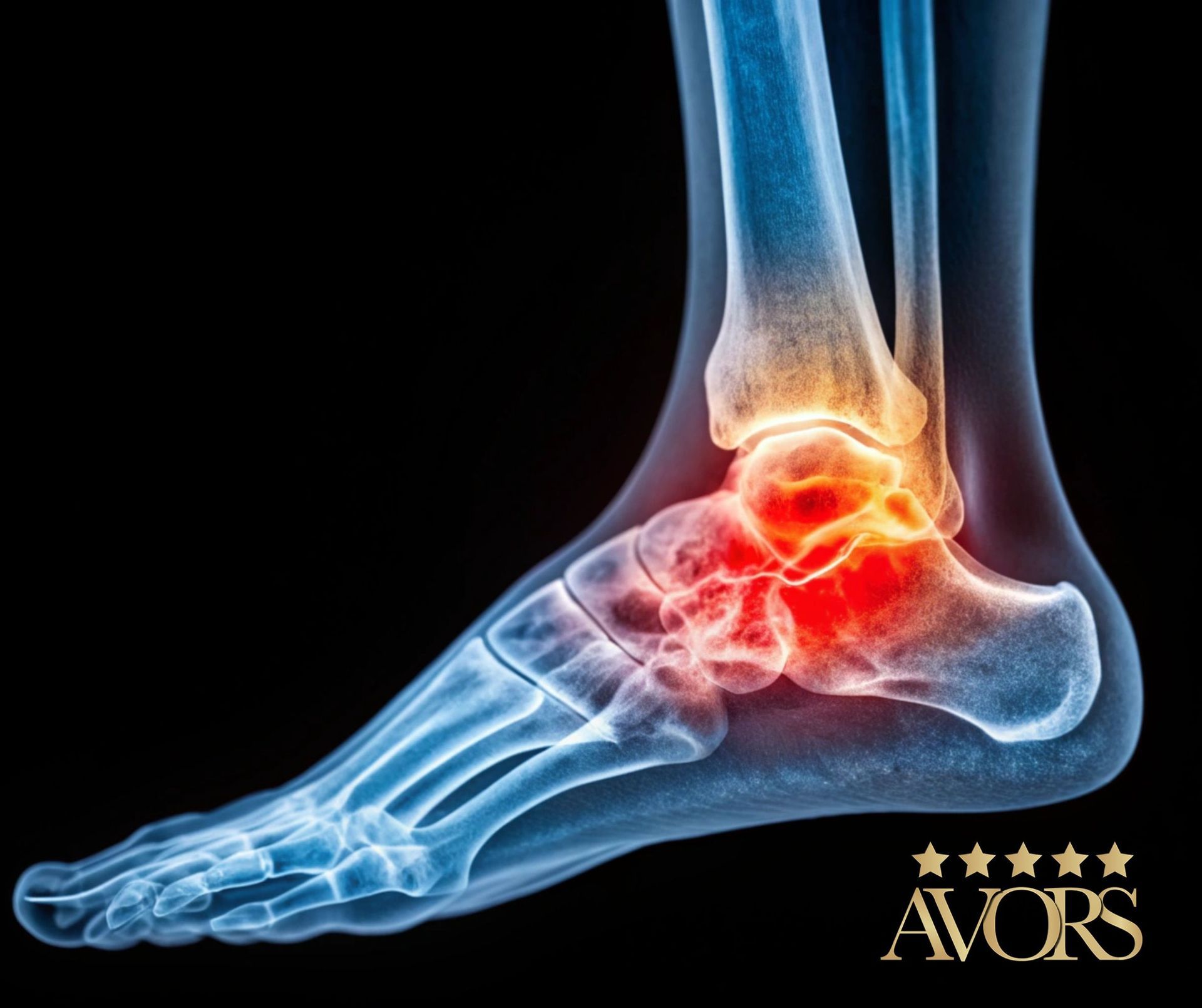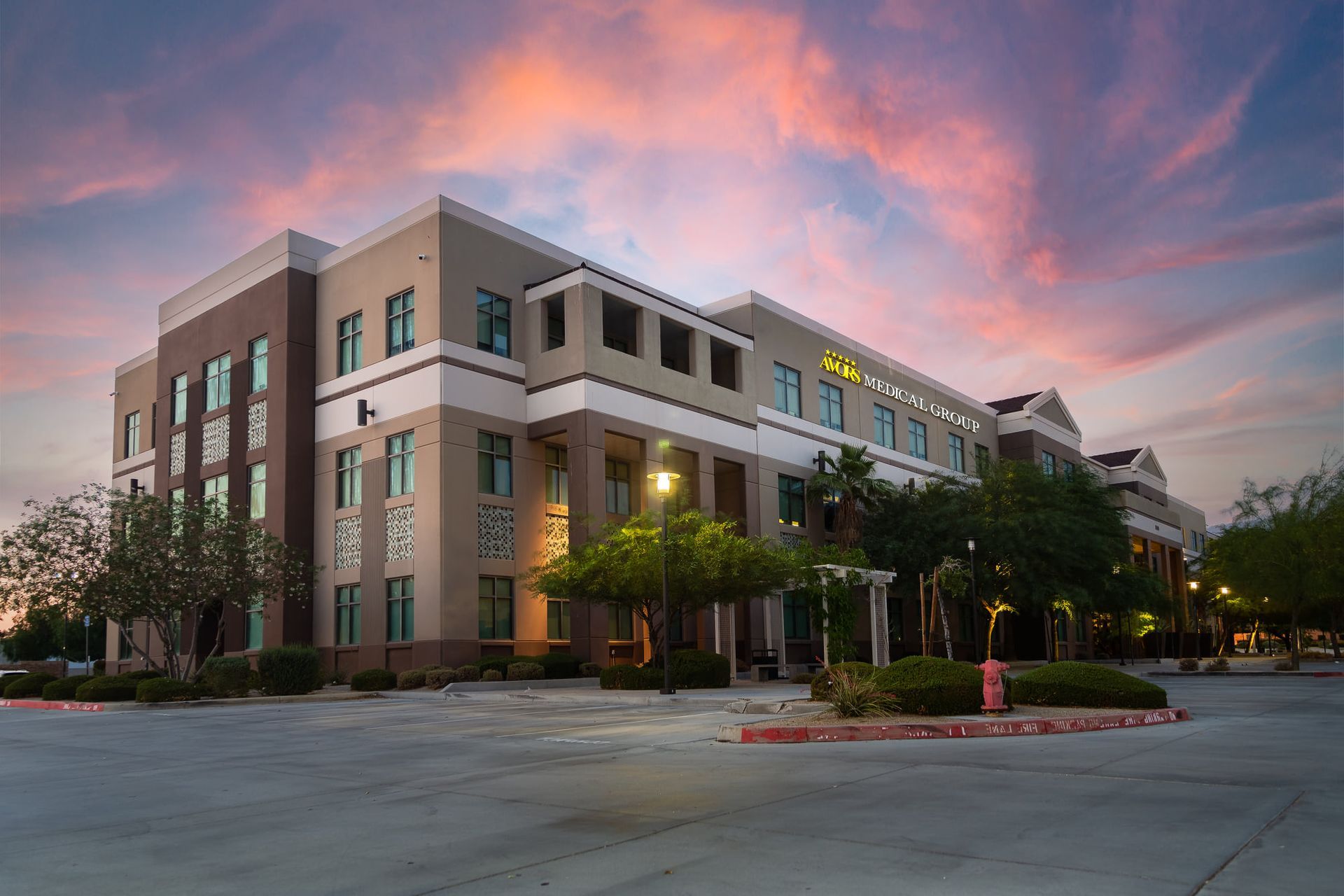Vertiflex® Spinal Stenosis Treatment in the Antelope Valley, California
AVORS Medical Group • March 30, 2021
A Minimally Invasive Implant Procedure in Lancaster, California.
The most common symptoms of spinal stenosis can include:
- Back and neck pain
- Pain while walking
- Difficulty performing physical activity for extended periods
- Weakness and/or loss of balance
- Pain reduces when sitting or lying down
- Numb feeling in the legs, calves, or buttocks
- Radiating pain in the legs
- Decreased endurance to physical activities or even walking
AVORS Medical Group can use the Vertiflex® implant to treat spinal stenosis for eligible patients. Unlike some implant procedures, the Vertiflex surgery is minimally invasive and can be done on an outpatient basis.
About the Vertiflex Procedure:
The Vertiflex implant is a small device made of titanium that can widen the spinal canal. Titanium is a lightweight, durable material that is biocompatible, meaning there is less risk that its introduction to the spine will cause an inflammatory reaction.
During the implant procedure, a small incision is made in the lower back. The Vertiflex implant is then placed between the vertebrae, holding them open and reducing pressure on the spinal canal. This operation causes little bleeding and should not damage bone or tissue. The entire procedure takes around 20 minutes. You should be prepared to limit your activities over the next few days as you let your body heal.
Who Should Receive a Vertiflex Implant?
The Vertiflex implant procedure is ideal for patients with mild to moderate spinal stenosis. Because it is minimally invasive, it is often recommended for patients who would have a difficult time with a more involved back surgery.
How Effective is the Treatment:
Based on a study published in the Journal of Pain Research in November 2018, the researchers examined and characterized the opioid medication usage patterns among patients treated with stand-alone IPD through 5 years of postoperative follow-up. The primary analysis included all 190 patients randomized to receive the Superion® device. In a sub-group of 98 subjects, they determined opioid medication prevalence among subjects with a prior history of opioid use. The results indicated that between baseline and 5 years, there was an 85% decrease in the proportion of subjects using opioids, and a decreased opioid medication usage was also observed among the sub-group of subjects with a history of opiates prior to entering the trial.
How do I schedule with an AVORS Interventional Pain Management?
If you’re suffering from spinal stenosis, find out if you’re a candidate for the Superion InterSpinous Spacer by calling 661-726-5005 to schedule an appointment. Ask to schedule a consultation with Dr. Thomas Nasser, D.O.
If you would like to learn more about this procedure, click on the following link below
To learn more about Dr. Thomas Nasser, D.O. click on the following link below
References:
Patel V, Nunley P, Whang P, et al. Superion® interspinous spacer for treatment of moderate degenerative lumbar spinal stenosis: durable three-year results of a randomized controlled trial, Journal of Pain Research. 2105;8:657-662.
Patel V, Whang P, Haley T, et al. Superion Interspinous Process Spacer for Intermittent Neurogenic Claudication Secondary to Moderate Lumbar Spinal Stenosis: Two-year results from a randomized controlled FDA-IDE pivotal trial. Spine. 2015;40(5):275-282.
Lauryseen C, Jackson R, Baron J. Stand-alone interspinous spacer versus decompressive laminectomy for treatment of lumbar spinal stenosis. Expert Rev Med Devices. 2015 [early online].
Loguidice V, Bini W, Shabat S, et al. Rationale,design and clinical performance of the Superion® Interspinous Spacer: a minimally invasive implant for treatment of lumbar spinal stenosis. Expert Rev Med Devices. 2011;8(4):419–426.







